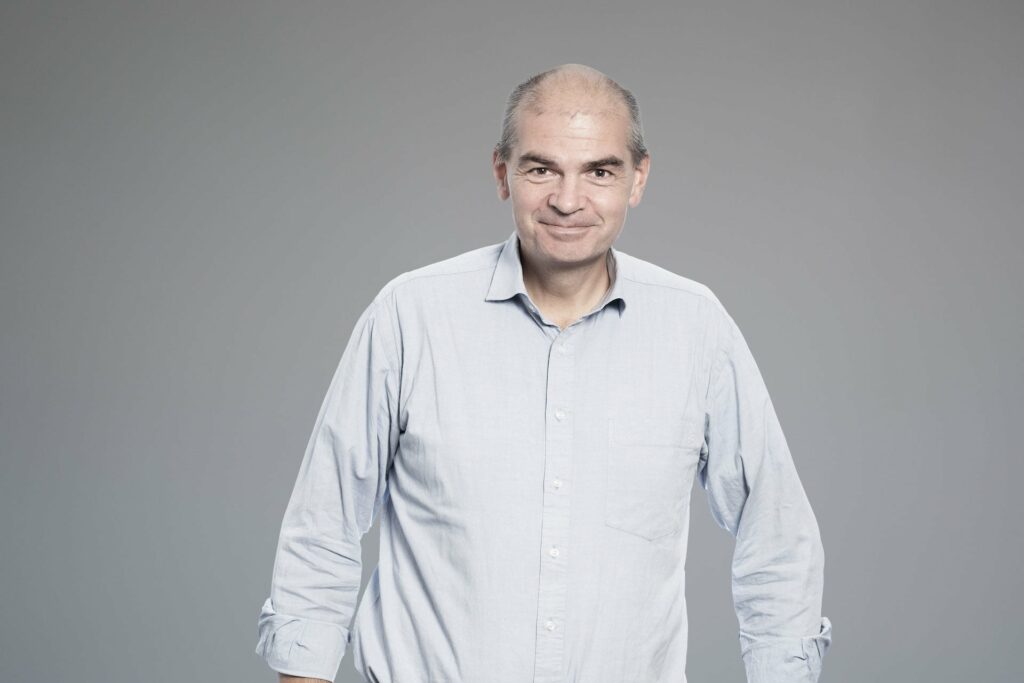A new book maps, in economic terms, what immigration and integration mean for Danish society.
The latter is worth more in financial terms than the former.
However, a continued high level of immigration to Denmark will not be so easy, as the citizens mainly come from countries such as Poland and Romania, where there will be more elderly people and fewer people in the workforce in the coming years.
9 out of 10 new hires in Denmark are internationals
European labour plays a huge part in Denmark’s strong economy. Due to demographics, Denmark can’t count on attracting labor in as large numbers from other European countries as it has in recent years.
There are potentially internationals from India and Asian and African countries to attract. Do the Danes want that – and when will Danish politicians start talking about the challenges?
Less immigration will be negative for Denmark
“The consequences for the Danes of less labour immigration will be negative, but presumably relatively modest. If labour immigration is completely phased out over the next 10 years, it will only mean a fall in GDP per capita of a maximum of half a percent,” writes head of research at the Rockwool Foundation Jan Rose Skaksen, who together with Bent Jensen has just published the book What We Know About Immigration And Integration.
The authors point to a coherent integration into the labor market of the immigrants who are already in Denmark as the primary goal.
“If the phasing out of immigrant workers is combined with a full integration of the immigrants who are in Denmark, so that their labor market participation corresponds to that of Danes, GDP per capita will grow by up to approximately 2 percent. Public finances will improve by approximately DKK 10 billion,” they write.
Right now, Denmark stands strong in the battle for the internationals’ attention. Salaries are high. Danish society is perceived as safe and clean, and life seems less hectic, with time for children and leisure, than in many other countries.
Still obstacles to address
Yet, Danish taxes are high. And how often have you as an international been stonewalled and encountered incomprehensible rules and difficulties in relation to yourself, your partner, or the social challenges of relocating?
Denmark still has a lot to learn, and questions about the religious beliefs of immigrants regularly occupy a disproportionate amount of space in the public Danish debate.
Denmark is a rich country, financially as well as mentally. Still, sometimes we get complacent and become lesser versions of ourselves than we should be.
It is not only a Danish phenomenon. It’s on show many places in Europe and in the USA, where the aging white population is getting smaller every year. This results in generational political fights about the future lay of the land.
Who’ll take care of the Danes?
A strong economy – particularly driven by the pharmaceutical industry – has given Denmark a unique opportunity to attract highly educated international labor. And the opportunity to keep them and their children in Denmark.
The task is to make Denmark attractive to both Danes and internationals. Otherwise, you might choose another country to live in.
Who would then take care of me when I’m a retiree? Probably not the Danes.


